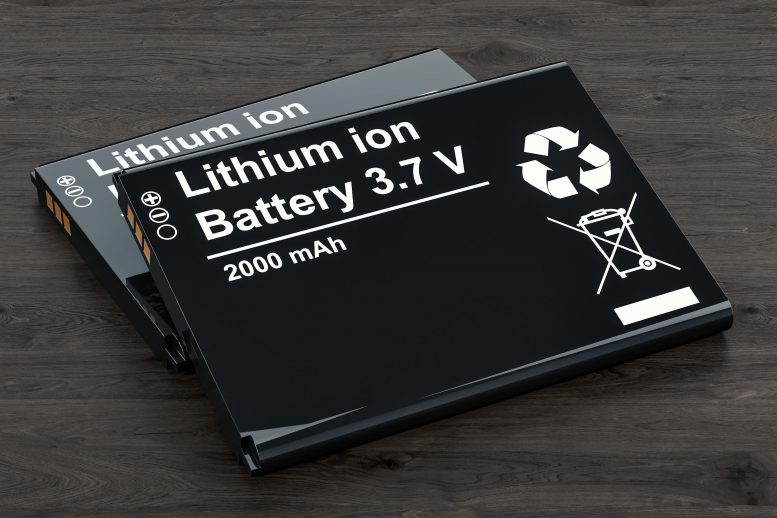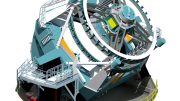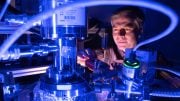
Lithium-ion batteries are currently widely used in electronics but lithium-sulfur batteries could replace them in the near future as lighter, cheaper, and higher capacity alternatives, thanks to a new discovery by scientists in Korea. Credit: Gwangju Institute of Science and Technology
Novel Catalyst Material Could Enable Better Lithium-Sulfur Batteries, Power Next-Gen Electronics
At the heart of most electronics today are rechargeable lithium-ion batteries (LIBs). But their energy storage capacities are not enough for large-scale energy storage systems (ESSs). Lithium-sulfur batteries (LSBs) could be useful in such a scenario due to their higher theoretical energy storage capacity. They could even replace LIBs in other applications like drones, given their light weight and lower cost.
But the same mechanism that is giving them all this power is keeping them becoming a widespread practical reality. Unlike LIBs, the reaction pathway in LSBs leads to an accumulation of solid lithium sulfide (Li2S6) and liquid lithium polysulfide (LiPS), causing a loss of active material from the sulfur cathode (positively charged electrode) and corrosion of the lithium anode (negatively charged electrode). To improve battery life, scientists have been looking for catalysts that can make this degradation efficiently reversible during use.
In a new study published in ChemSusChem, scientists from Gwangju Institute of Technology (GIST), Korea, report their breakthrough in this endeavor. “While looking for a new electrocatalyst for the LSBs, we recalled a previous study we had performed with cobalt oxalate (CoC2O4) in which we had found that negatively charged ions can easily adsorb on this material’s surface during electrolysis. This motivated us to hypothesize that CoC2O4 would exhibit a similar behavior with sulfur in LSBs as well,” explains Prof. Jaeyoung Lee from GIST, who led the study.
To test their hypothesis, the scientists constructed an LSB by adding a layer of CoC2O4 on the sulfur cathode.
Sure enough, observations and analyses revealed that CoC2O4‘s ability to adsorb sulfur allowed the reduction and dissociation of Li2S6 and LiPS. Further, it suppressed the diffusion of LiPS into the electrolyte by adsorbing LiPS on its surface, preventing it from reaching the lithium anode and triggering a self-discharge reaction. These actions together improved sulfur utilization and reduced anode degradation, thereby enhancing the longevity, performance, and energy storage capacity of the battery.
Charged by these findings, Prof. Lee envisions an electronic future governed by LSBs, which LIBs cannot realize. “LSBs can enable efficient electric transportation such as in unmanned aircrafts, electric buses, trucks and locomotives, in addition to large-scale energy storage devices,” he observes. “We hope that our findings can get LSBs one step closer to commercialization for these purposes.”
Perhaps, it’s only a matter of time before lithium-sulfur batteries power the world.
Reference: “Improved Redox Reaction of Lithium Polysulfides on the Interfacial Boundary of Polar CoC2O4 as a Polysulfide Catenator for a High‐Capacity Lithium‐Sulfur Battery” by Dr. Jin Won Kim, Gyuwon Seo, Dr. Sungyool Bong and Prof. Dr. Jaeyoung Lee, 21 October 2020, ChemSusChem.
DOI: 10.1002/cssc.202002140









Be the first to comment on "New Catalyst Promises Lighter, Cheaper, Higher-Capacity, Next-Generation Rechargeable Batteries"